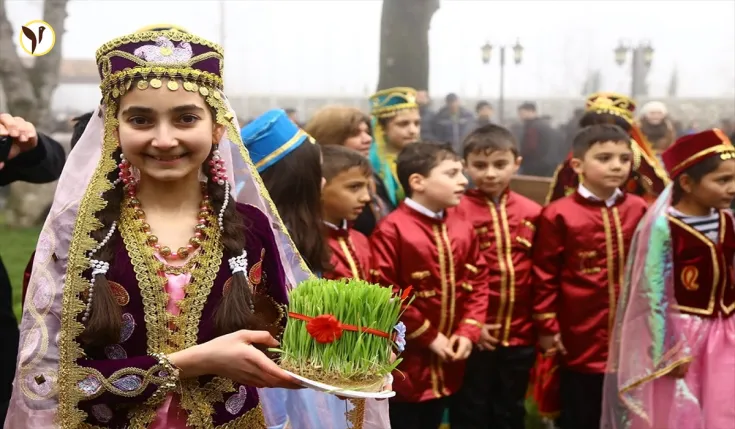Nowruz 2025: A Celebration of New Beginnings
Happy Nowruz 2025! This ancient Persian New Year, celebrated for over 3,000 years, marks the arrival of spring and symbolizes renewal, rebirth, and the triumph of light over darkness. Falling on March 20th, 2025, at 5:01 a.m. EST (2:31 p.m. IST), Nowruz is a vibrant festival observed by approximately 300 million people worldwide.
The Meaning and Traditions of Nowruz
Nowruz, meaning "new day," is deeply rooted in Zoroastrian traditions and is recognized by UNESCO as an Intangible Cultural Heritage of Humanity. Celebrations are rich with symbolism and tradition. Khaneh Tekani, or spring cleaning, precedes the festival, symbolizing a fresh start. The centerpiece of the celebration is the Haft-Seen table, adorned with seven symbolic items, each beginning with the Persian letter "S," representing elements like growth, health, patience, and prosperity. Festive foods, including Sabzi Polo Ba Mahi (herbed rice with fish) and Kuku Sabzi (herb frittata), are enjoyed throughout the 13-day celebration.
Who Celebrates Nowruz?
Nowruz is celebrated by a diverse array of communities, including those in Iran (where it's a national holiday), Afghanistan, Azerbaijan, Central Asia, Kurdish and Turkic regions, and the Parsi communities in India and Pakistan. This global celebration underscores the festival's enduring appeal and its power to unite people across cultures and geographical boundaries.
Beyond the Haft-Seen: Other Nowruz Customs
Other key Nowruz events include Chaharshanbe Suri, the Fire Festival held on the Wednesday before Nowruz, where people jump over bonfires to symbolically cleanse themselves of the past year's negativity; and Sizdah Be-dar, celebrated on the 13th day (April 2nd, 2025), an outdoor picnic where sabzeh (sprouts) are cast into running water to symbolize the release of bad luck.
A Global Celebration of Hope
Nowruz is more than just a new year; it's a powerful symbol of hope, renewal, and the enduring strength of cultural heritage. From the vibrant Haft-Seen table to the cleansing bonfires, the festival embodies the cyclical nature of life and the enduring human spirit. Join millions worldwide in celebrating this momentous occasion!






